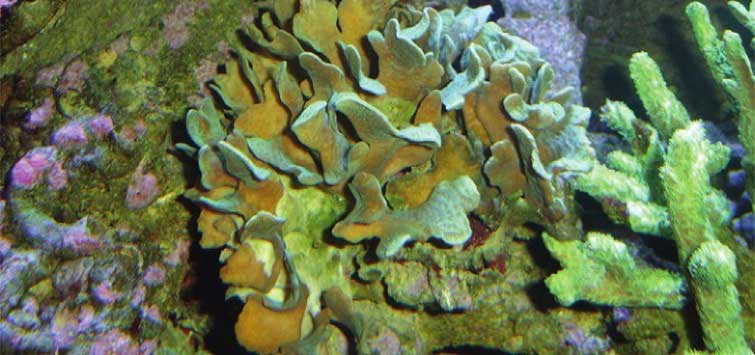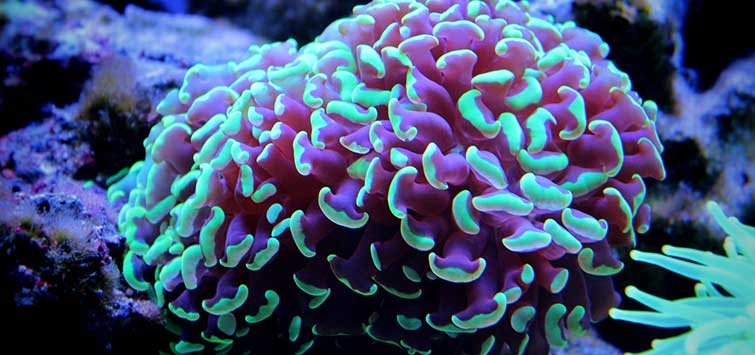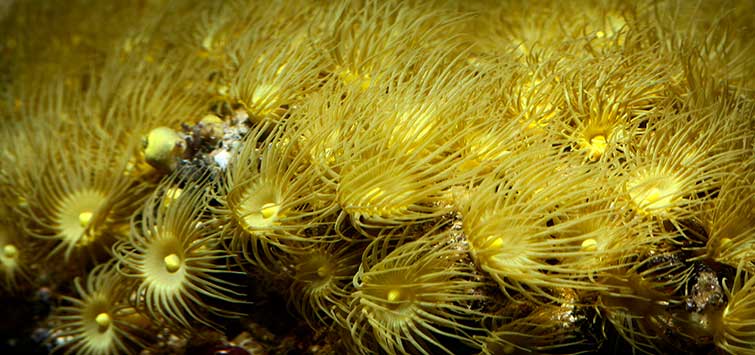Pavona cactus
Common Names: Cactus coral, lettuce coral, potato chip coral
Phylum: Cnidaria
Class: Anthozoa
Order: Scleractinia
Family: Agariciidae
Range: Indo-West Pacific and Red Sea, including western, northern, and eastern coasts of Australia east to Tahiti, and north to southern Japan
Natural Environment: This is a fairly common photosynthetic stony coral found in lagoons and on upper-fringing reef slopes that are somewhat protected from wave turbulence and where turbid conditions exist.
Water Requirements: Calcium 380 to 430 ppm, alkalinity 3.5 meq/l, pH 8.1 to 8.2, specific gravity 1.024 to 1.026, Mg approx. 1272 ppm, phosphate < .015 ppm, and a temperature range of 75° to 83°F (24 to 28°C).
Captive Care
This is an extremely hardy stony coral; nevertheless, it does need quite good lighting, with metal halides preferred in the range of 4 to 6 watts per gallon to maintain its growth pattern. If not supplied excellent lighting intensity, it is capable of photo-adapting to lower levels of light—however, this will influence the physical structure or appearance of the coral; e.g., its wavy plates will grow wider and more pronounced.
Tank Requirements
Moderate water movement seems to serve it well, yet an occasional strong wave of water movement helps to keep detritus from collecting on its surfaces. It’s also a fairly aggressive coral, and capable of developing sweeper tentacles. Therefore, provide sufficient distance between it and its neighbors in the aquarium.
For Beginners
Even though it is not a common coral in the trade, this species can be considered a good small-polyped stony (SPS) coral for beginners, as it’s one of the easier-to-maintain photosynthetic stony corals. Even though no direct feeding is required to keep it healthy, direct feeding can be attempted should increased growth be desired. Although I’ve never tried hand-feeding this species, zooplankton-type foodstuffs such as rotifers, newly hatched brine shrimp, or cyclops could be applied over the polyps during daylight hours. If feeding is attempted, water movement should be greatly reduced while introducing foodstuffs.
Nevertheless, for general health and growth, average water conditions along with good lighting and moderate water currents will suffice. This coral is easily propagated, with frags generally responding well to placement in various types of putty media.

.png?h=595&iar=0&w=2781&hash=5FD5E69473BCC22199FBFA2FB71B6033)



